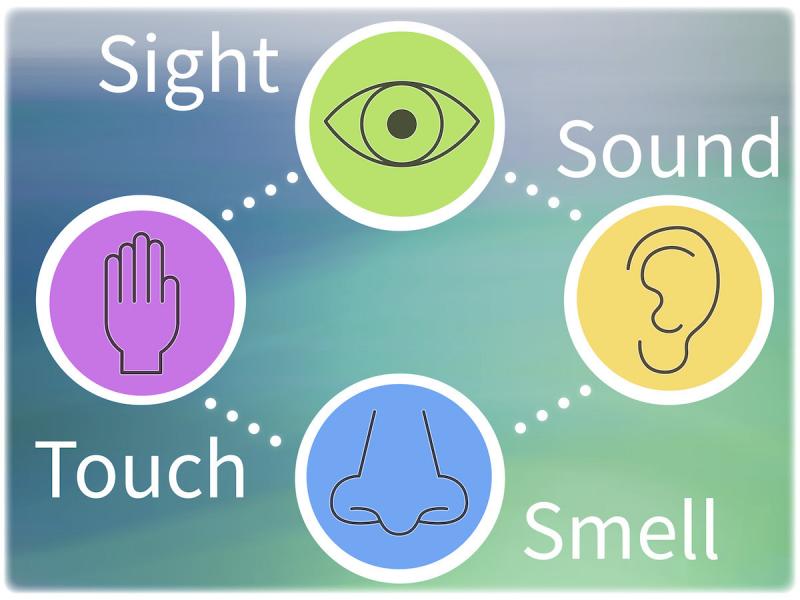People often underestimate the importance of sensory rooms for creating an inclusive environment, as they can serve as crucial spaces for individuals to reset their minds and bodies, helping them deal with feelings of overwhelm and panic. Dr Sarah Hopp explores the value of these spaces as part of fostering inclusivity.

When creating an inclusive environment for older teenagers and adults, it is easy to overlook the role a sensory room can play in providing a safe, calming and relaxing working environment. However, it's a vital resource where one may reset the mind and body and work through feelings of being overwhelmed and panic, preventing disruption of daily activities such as having to leave a lecture or meeting.
Designers create sensory rooms to control sensory over-stimulation and develop the senses. A resource of this kind enables the person to engage in learning and work more effectively. By appeasing the senses, this can alleviate anxiety. People may use sensory rooms for various reasons – either as groups or individuals. They usually contain soft furnishings and calming multi-sensory stimuli.

While sensory rooms primarily target neurodiverse and disabled students and staff, anyone can benefit from using a sensory room. Traditionally, sensory rooms are available at nurseries, primary and special schools and hospitals. When I showed a local authority school psychologist the sensory room I had installed at a local sixth-form college, he commented, in his experience, that this is a much-needed resource for older children and adults that often isn't provided after age 11.
There is an assumption that the sensory needs of neurodiverse people are 'outgrown' – that because a person can function cognitively and academically at a high level, they can also function sensorily, socially and emotionally in a similar way. However, this view is not an accurate one.
As a dyspraxic person, I am hypersensitive to sound. I cannot filter out additional noise, such as people whispering to each other in the audience and therefore, I find it nigh on impossible to concentrate on my presentation. Together with other sensory overstimulation, I can become overwhelmed, my brain shuts down and I cannot process information, yet I hold a doctorate.
Recognition of the sensorial needs of neurodiverse adult students and staff is pivotal in the flourishing of the individual and crucial in obtaining optimum productivity in employees. Thankfully, this recognition is becoming more widespread in HE and some public institutions such as football stadiums. For example, City, University of London, St Mary's University, Twickenham and Imperial College, London have all provided well-equipped sensory rooms for student and staff use.
The main benefits for neurodiverse students and staff to obtain maximum productivity for the institution and achieve a working environment of wellbeing include:
Sensory rooms can also complement other inclusive resources such as nap pods, quieter assistive technology rooms in the library and quiet areas of campus, such as sensory gardens.

As we return to a post-pandemic society and working environment, many individuals experience a range of anxiety-invoking experiences. According to a report by the Mental Health Foundation (2023), anxiety levels among the UK population increased throughout the pandemic and have not yet dropped to pre-pandemic levels.
As educators, many of whom are neurodiverse themselves, we teach students to become more knowledgeable and prepare them for the working environment, which is not always home-based. To equip students and staff with a holistic life space where they can develop their own version of self-flourishing and reach their full potential, we need to provide an inclusive working environment that feels safe and comfortable.
This includes considering sensory overstimulation, which can be a source of anxiety. Therefore, colleges, universities and employers have a moral duty to provide an environment where all may flourish.
Deepen the impact of your wellbeing provision at this year’s Mental Health and Wellbeing in Schools. Take away effective strategies from mental health experts and leading practitioners.